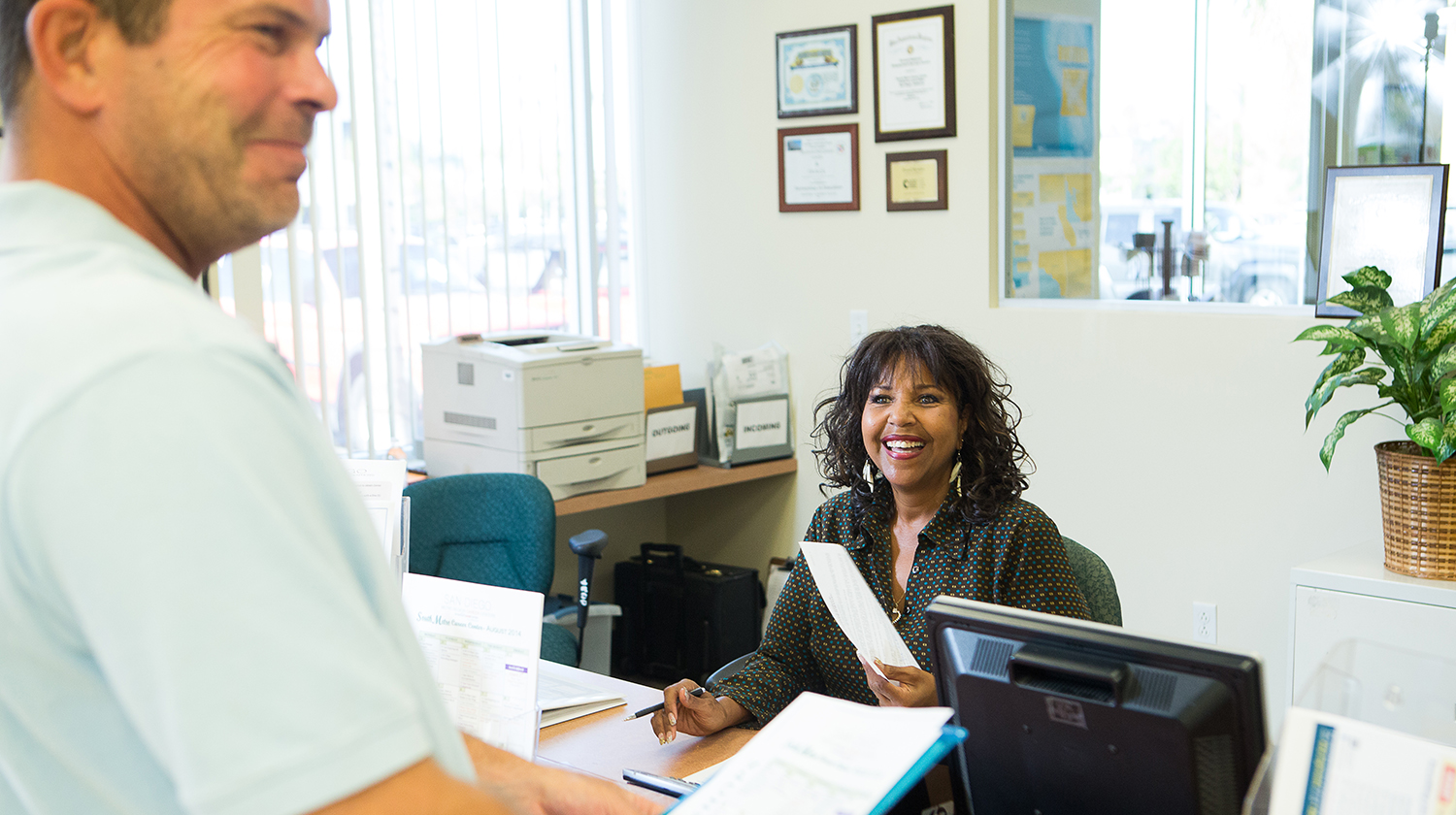
This article was written by SDWP CEO Peter Callstrom and originally published in the San Diego Business Journal, which delivers the market’s most complete package of business news and information on San Diego County’s companies, industries and business people.
San Diego—we all hear about the “skills gaps.” Gaps exist for many reasons. In the public workforce system, we are working tirelessly to overcome the disparity and to build skills that lead to great futures.
On July 19, President Trump signed an executive order “to prioritize and expand workforce development” with the goal of providing the “millions of men and women who have been on the sidelines the chance to find fulfilling work that lifts up them and their families.”
Good to hear. This is actually what the public workforce system does every day. With funding from the federal Department of Labor, augmented with other investors (e.g., state and local government, private sector and philanthropy) the workforce development system reaches more than 4 million jobseekers annually through a coordinated and professional network of 2,500 “America’s Job Centers.”
These centers provide an array of invaluable personalized services to support all job seekers with a focus on underserved populations and many with barriers to employment (i.e., people with disabilities, veterans, the homeless, currently and formerly incarcerated, young adults entering the workforce and more).
Support is Available
Eugene Beronilla was laid off and had been looking for work for over a year. Even in an economy with low unemployment, it is hard to land the right job. “Not only did unemployment impact my finances and marketability for jobs, but the most damage was to my hope and self-esteem,” he said. “It’s a slippery slope because of sadness, fear, anger and even desperation.”
Eugene applied for dozens of jobs. Weeks turned into months. He worried that employers would assume something was wrong with him. He reached out to our local public workforce system career centers. “I learned there were so much support; job searches, résumé strategies and more,” Beronilla said.
The administration’s vision is threefold: Reorganize and consolidate existing resources through an interagency “National Council for the American Worker;” share information regarding the labor market; and ask businesses to sign a pledge to expand apprenticeships, increasing on-the-job training and provide everyone with opportunities to obtain skills to secure stable jobs and careers.
Sounds good, right? Anything we can do to put people to work in quality jobs is a win for us all.
Equipping Job Seekers
However, let’s dig a little deeper. There is another gap here—no mention of the public workforce development system that provides invaluable skills development and job training—all free to our 4 million customers. In order to administer this efficient person-centered system, appropriate funding is required. Supporting our workforce is one of the best investments we can make with our taxpayer resources to boost the economy.
The good news, Congress agrees that workforce development is critical. They passed the Workforce Innovation and Opportunity Act in 2014 by a vote of 415-6. The intent of this landmark legislation is to help job seekers access employment, education, training, and support services to succeed and to match employers with skilled workers. Federal resources are directed to local communities — overseen by boards made up of local leaders in various sectors — all with the collective goal to equip jobseekers with the skills needed for in-demand jobs.
Fund Necessary Services
Rhetoric and legislation need to be matched with the resources needed to serve our jobseekers. Counterintuitively, over the past decade the federal government has systematically decreased funding by 50 percent. In the president’s past two budgets, they proposed additional draconian cuts as well as outright elimination of key programs and support services that assist people with barriers to employment the ability to reach self-sufficiency.
Services such as transportation and childcare subsidies to enable low-income jobseekers access the training needed to overcome the skills gap are now nearly nonexistent. Cutting effective services to those in need creates more and widening gaps.
At the event, business leaders made commitments to hire many to meet their needs. That’s great. However, the private sector relies on the public workforce system to partner in much of the training needed to prepare jobseekers for these jobs.
Eugene had yet another interview. Now, equipped with skills developed at the career center, he was confident. He got the job! Thanks to many supports from our local public workforce system, Eugene has now been employed for more than four years at UC San Diego.
The public workforce system is a lifeline to millions. It restores hope, provides real opportunity and closes gaps in the system. To create opportunity for all, we need to appropriately invest in the proven system that cost-effectively serves millions – the public workforce system.
